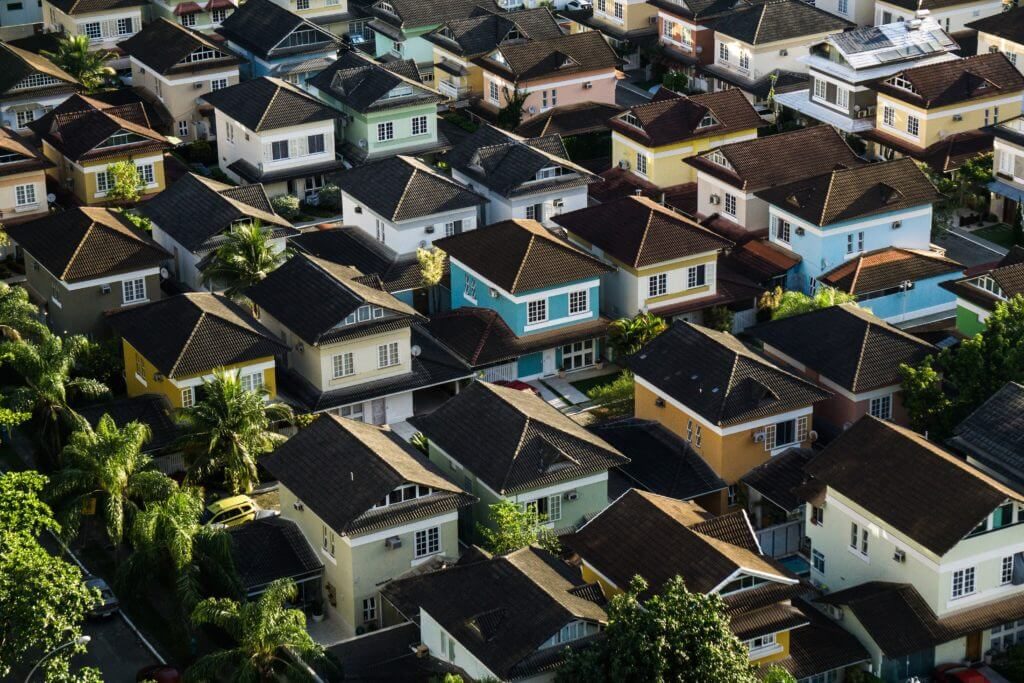
How much do I need to save for my house deposit? This is often the first question we get asked by first home buyers. You’d be surprised to hear that many people who have already started saving don’t actually know how much they should be aiming to save to get into the property market.
What house deposit should I be aiming for?
We recommend our clients aim to save a 20% house deposit plus costs.
This means you should aim to save 20% of the purchase price of the property and then some more to cover additional costs that are associated with buying a house. Here’s a breakdown of the extra costs that are involved and how much they are:
- Conveyancing – $990
- Stamp Duty – this is calculated based on the purchase price and can be anywhere up to $55,000 on a $1,000,000 purchase.
- Check out our handy stamp duty calculator to work out what this might cost you.
- Often you won’t have to pay stamp duty if you tick a few boxes such as buying your first home (to live in) and are purchasing for under $600,000
- Pest & Building inspections – around $600
- Mortgage registration and transfer fees – around $115
- Loan application/establishment fee – around $500-600
- Lenders Mortgage Insurance (LMI) – this is payable only if you don’t have a 20% deposit. We’ll talk more about this shortly.
- Rates – you’ll have to pay the vendor council and water rates at settlement and this will be calculated on an individual basis and added to the purchase price.
All told you could be looking anywhere from around $2,500 to $60,000 or more depending on the value of your property and whether you are a first home buyer or not.
Let’s look at what a 20% house deposit amounts to in real life
If you want to buy a property worth $500,000, then a 20% deposit is $100,000. If you are a first home buyer in Victoria you won’t have to pay stamp duty and because you’ve saved 20% you won’t have to pay LMI. Here’s what a deposit might look like for a first home buyer or next home buyer:
| First home buyer | |
| 20% purchase price | $100,000 |
| Stamp duty | $0 |
| Lenders Mortgage Insurance | $0 |
| Other costs | $2,500 |
| Total Deposit Required | $102,500 |
| Next home buyer | |
| 20% purchase price | $100,000 |
| Stamp duty | $23,388 |
| Lenders Mortgage Insurance | $0 |
| Other costs | $2,500 |
| Total Deposit Required | $125,888 |
What if I have only saved a 10% house deposit?
Let’s go back to our scenario above. If you save a 10% house deposit, that will be a $50,000 deposit to go towards the property, however because you are going to be borrowing 90% of the property value (also known as loan to value ratio or LVR) you will be required to pay Lenders Mortgage Insurance to the lender.
Read more about what Lenders Mortgage Insurance is here.
Based on the above scenario for a first home buyer, an indicative LMI premium will be $8,640. You can either choose to save enough money in your deposit to cover this premium or request the lender include it in your home loan.
Then of course, you still need to cover the other costs outlined above.
| First home buyer | |
| 10% purchase price | $50,000 |
| Stamp duty | $0 |
| Lenders Mortgage Insurance | $8,640 |
| Other costs | $2,500 |
| Total Deposit Required | $61,140 |
| Next home buyer | |
| 10% purchase price | $50,000 |
| Stamp duty | $23,388 |
| Lenders Mortgage Insurance | $9,585 |
| Other costs | $2,500 |
| Total Deposit Required | $85,473 |
I’ve found my dream home but only have a 5% house deposit
This can sometimes be a bit tricky, and certainly limits who will lend to you. A 5% house deposit on a $500,000 property would be a $25,000 house deposit saved. You will also have to an LMI premium on this loan. If you only have a 5% deposit, you will have to pay much higher interest rates and a much higher LMI premium – it is often better to wait until you have saved at least 10%.
However, if you are determined to go ahead, you then also need to cover the other costs outlined above, such as conveyancing and fees.
Here’s what that scenario might look like for a first home buyer or next home buyer:
| First home buyer | |
| 5% purchase price | $25,000 |
| Stamp duty | $0 |
| Lenders Mortgage Insurance | $15,960 |
| Other costs | $2,500 |
| Total | $43,460 |
| Next home buyer | |
| 5% purchase price | $25,000 |
| Stamp duty | $23,388 |
| Lenders Mortgage Insurance | $17,717.50 |
| Other costs | $2,500 |
| Total | $68,605.50 |
What’s the difference between genuine and non-genuine savings?
You may have heard the phrase genuine savings thrown about before. For most lenders, if you have less than a 15% deposit, they want to see you contribute money that you have personally saved over time, usually equalling 5% of the property value.
- Genuine savings refers to money that has been gradually saved up over time, for example $100 per week over 2 years would be $10,400 genuine savings.
- Non-genuine savings usually refers to a lump sum that you’ve been gifted or received all at once for example your tax return or the sale of a car.
Every lender has different rules when it comes to their deposit requirements, so it’s good to chat with us so we can explain what any one particular lender will require at that point in time.
Get in touch with Entourage Finance today to talk about what you need to do to save for your first home.


